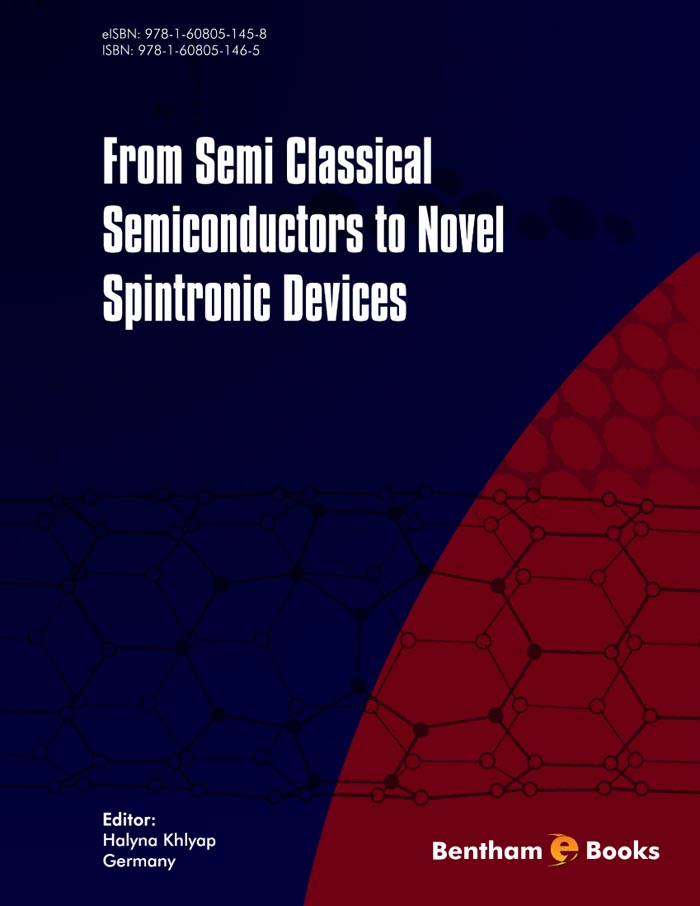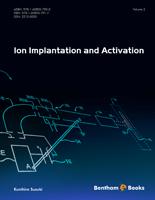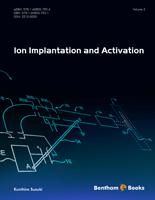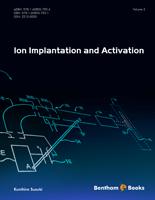Introduction
Dramatic developments in developing semiconductor device technology and nanotechnologies over the last decades has placed increasing demands on the fabrication and design of new electronic devices, It is now necessary to implement nanoscale gate geometries to achieve the highest performance standards in new devices. The need to understand and model the operation of nano-devices is, therefore, fundamental to future development and optimal design.
From Semiclassical Semiconductors to Novel Spintronic Devices explains research related to new spintronic devices. This E-book: reports unique results on fabrication and the quite uncommon performance of Si-based solar cells with novel contacts chemically deposited on traditionally prepared semiconductor parts of the solar cell, details the mechanism behind efficient solar radiation conversion and the thermodynamics involved in theory and practice, discusses photonic condensate and relic radiation - exotic topics for theoretical astrophysics which also present possible power tools for achieving highly efficient energy conversion.
This e-book is a useful review on the latest achievements in spintronic technology, characterization methods and nanoscaled active elements modeling for novel device design and applications The text within this e-book serves as a handy resource for graduate and PhD students as well as for professionals interested in the field of semiconductor device technology and modeling as well as spintronics.





